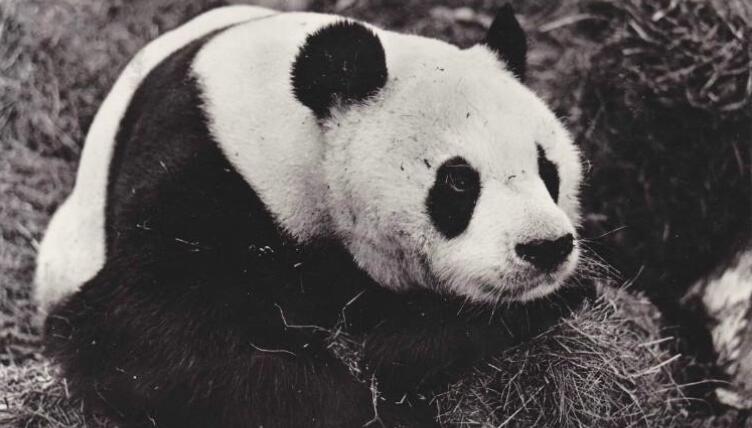In March 1938, the West China Union University received a request from the New York Zoological Society that they wished to have a baby panda, or a pair if possible. The University had a partnership with the Society through New York University and worked together to make this request a reality.
Frank Dickinson, a biology professor at West China Union University was placed in charge to make this request and wrote a letter asking for help from the huntsmen in the mountains. Shortly after,Mrs. Dickinson traveled to Dujiangyan city formerly known as Guan county and brought back a vivacious panda cub. The Dickinsons’ kept the cub at their Huaxiba home in Chengdu and named her Pandora.
On May 18, 1938, Dickinson’s colleague Ray Spooner decided to bring Pandora to the United States of America on his way back to Canada for a vacation. At the same time China was at war and the raging battles had left the country in ruins. Spooner quickly and carefully organized an extensive journey to import Pandora out of the country. The panda flew by plane from Chengdu to Chongqing, boarded a ship and traveled From Chongqing to Shanghai and then to Hong Kong.
From there she was transferred to another ship.
Unfortunately Pandora passed away in the United States on May 13, 1941. Prior to 1949,she held the record for the longest surviving panda living abroad.
Pandora’s story did not stop with her death,as her kin are now China’s national treasure and are the international symbol of China’s peace and friendship.
As Pandora’s legacy lives on through the international fascination and love for giant pandas, so does the legacy of Canadians that traveled to Chengdu 100 years ago and fell in love with the city. Their intertwined stories are a testament to two cultures living in harmony together.






















































































